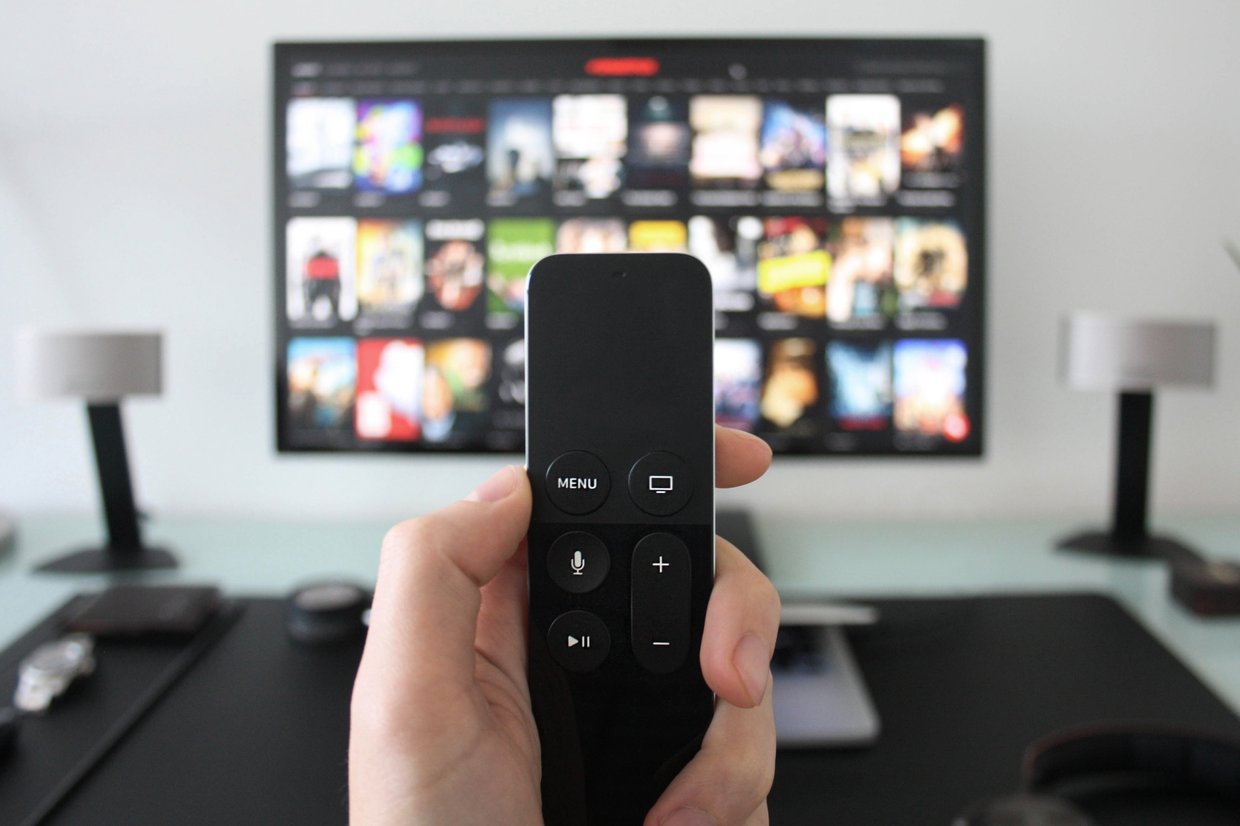Towards the end of July, the TV giants released their Q2 results. The news that got the industry talking was how Disney’s subscriber growth is outpacing that of its rivals, including Netflix. The streaming wars are now fully underway and the pandemic is transforming viewing habits. The TV industry is changing at a dramatic pace – the Q2 results give us a snapshot of this transformation. So what does that snapshot show?
Disney+ is growing faster than its rivals
Disney launched its flagship streaming service, Disney+, in many countries towards the end of 2019 and the start of 2020. It enjoyed almost uncanny timing for when millions of people would be locked down at home, looking for new forms of entertainment. Its growth has been remarkable, and at the end of Q2 in 2021, it reported 116 million subscribers – double what it had a year ago. They added 12 million subscribers in Q2 – significantly more than Netflix’s 1.5 million. Disney has undoubtedly benefitted from a cheaper subscription price – $7.99 per month in the US, versus $13.99 for Netflix’s standard plan – as well as the launch of its Hotstar platform in India, where Indian consumers can access all Disney+ content.
While Disney’s subscriber numbers continue an almost-stratospheric growth, the average revenue for a Disney+ user has fallen by 10% from a year ago. India – where subscriptions only cost the equivalent of $4 a month, now makes up nearly 40% of all subscriptions. Furthermore, Disney is still losing money from streaming as it is still investing heavily in content. Its direct to consumer business unit, which includes Disney+, Hulu and ESPN+, suffered an operating loss of $293 million on $4.3 billion in revenue.
Netflix’s dominance is eroding – but it isn’t worried
Netflix’s Q2 earnings report wasn’t nearly as spectacular as Disney’s. It enjoyed an extraordinary 2020, adding more than 36 million subscribers, taking its global total to 200 million. By contrast, it only added 1.5 million new subscribers in the second quarter of 2021. It also lost more than 400,000 subscribers in the key North American market. Netflix’s share of worldwide demand interest – a key barometer of how many new subscribers a service is likely to attract – fell below 50% for the first time in Q2 of this year. So what’s behind Netflix’s declining dominance?
A hard-to-follow 2020 for Netflix
Of course, the most obvious factor is the fact that Netflix has been around for longer than its competitors. It’s almost impossible to think back to a time before Netflix launched, when we were still watching DVDs or streaming movies on sub-standard online streaming sites. Netflix has been around so long that it is probably nearing saturation point. This is particularly true after a year in which so many people signed up to streaming services because there was so little else to do. It would be remarkable if Netflix had managed to keep subscriber growth levels on a par with 2020.
Netflix’s price increase will be affecting uptake
Another reason that Netflix’s subscriber growth is slowing is because of the increase in its pricing in early 2021. It bumped up the cost of most subscriptions at a time when belts across the world were being tightened. It was also just before Covid-19 restrictions started loosening; now, with the world opening up again, many people will be looking at their streaming subscriptions and wondering which ones can go. The relatively costly Netflix one might be among the first to get the chop.
Finally, Netflix’s content schedule was lighter than usual in 2021 thanks to Covid-related production delays. The price hike twinned with less new content may have driven some subscribers to take their money elsewhere.
Netflix isn’t worried about its rivals
Despite the slowing growth, Netflix doesn’t seem to be worried – after all, its share of TV and streaming watch time grew from 6% in May to 7% in June, compared to Disney+’s 1%. Netflix maintains that its key competition is traditional TV, and that a ‘shakeout’ won’t happen until streaming makes up the majority of viewing – it’s currently at 26% in the US, according to Nielsen. Co-CEO Reed Hastings said to investors ‘Does HBO or Disney… have a differential impact compared to the past? We’re not seeing that in the [data]. That gives us comfort.’
Netflix is expanding into gaming
While Netflix seems unperturbed about the pace of its rivals’ growth, it continues to innovate. With its Q2 earnings report, it confirmed its plans to expand into gaming. It has recently hired ex-Electronic Arts and -Facebook gaming veteran Mike Verdu to head up game development. The goal will be to create games based on original TV shows and films, as well as to introduce entirely new games and license some titles.
What Q2 results mean for the wider TV industry
It’s not just the streaming services’ Q2 results that have a story to tell about the state of the TV industry. The more traditional TV companies have also been releasing their results. They tell a story of an industry that is, like the rest of the economy, still finding its post-pandemic feet. Some traditional companies and streaming services have clawed their way back to pre-pandemic revenue levels – but not all have managed it yet. Fox posted a Q2 revenue of 7% more than the same quarter in 2019, while Roku saw a 217% improvement. On the other hand, ViacomCBS and Discovery’s Q2 performances were around 2% shy of the same quarter in 2019.
The overall trend is that, while money is still moving into streaming in the US, many of those dollars are still going to the traditional TV companies, whether to their linear networks or their proprietary streaming services. However, this may change with the rise of programmatic CTV. In Q2 2021, the number of programmatic impressions in the US on Amazon and Roku’s CTV platforms increased by 49% and 27% respectively, compared to the previous quarter. They rose by 204% and 118% respectively compared to the last quarter of 2020. With so many reach-hungry advertisers seeking to boost their share of mind, linear TV companies may need to fight to keep their share of budgets.
The bottom line: striking the balance between linear and CTV
As has been the case for several years, advertisers are seeking the perfect balance between linear TV and CTV. Meanwhile, the ad-free streaming services do battle for consumer eyeballs. The market is volatile; it will undoubtedly be influenced by a rapidly improving programmatic inventory for CTV. The US Upfronts will need to adapt accordingly.
If you would like to discuss how to allocate your TV budget between linear and connected TV, as well as how to navigate the myriad other choices that marketers are presented with in today’s complex media landscape, please contact us at value@ecimm.com.
Header image: Dean Drobot / Shutterstock




.png)




